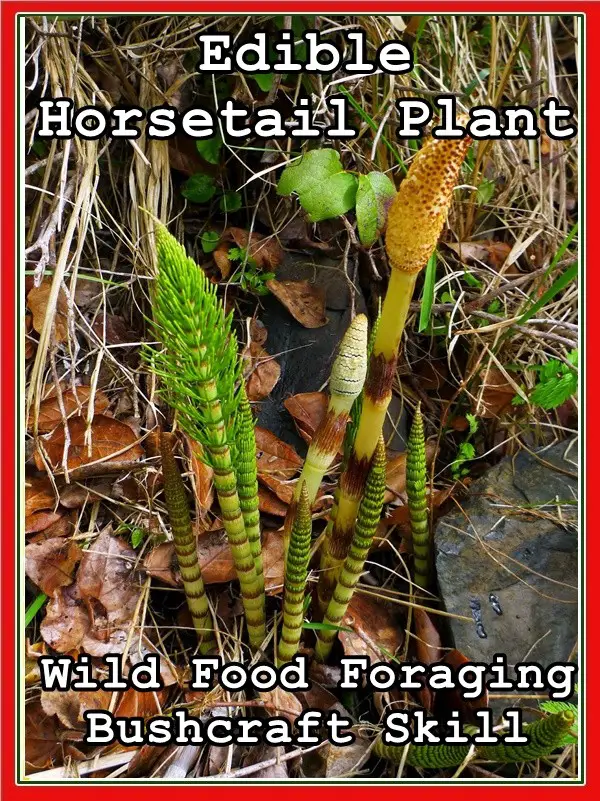This Edible Horsetail Plant Wild Food Foraging Bushcraft Skill is a delicious culinary adventure that you can search and find for free. Before eating any wild plant, make 100% sure it’s not poisonous.
Find a mentor. Learning from an expert or someone more experienced will give you a higher level of confidence.
Get a Good Book. There’s no substitute for a mentor, but a good field guide is a close second. A reference book will give you confidence as you get more comfortable with foraging. You can not only use it to help positively identify plants.


